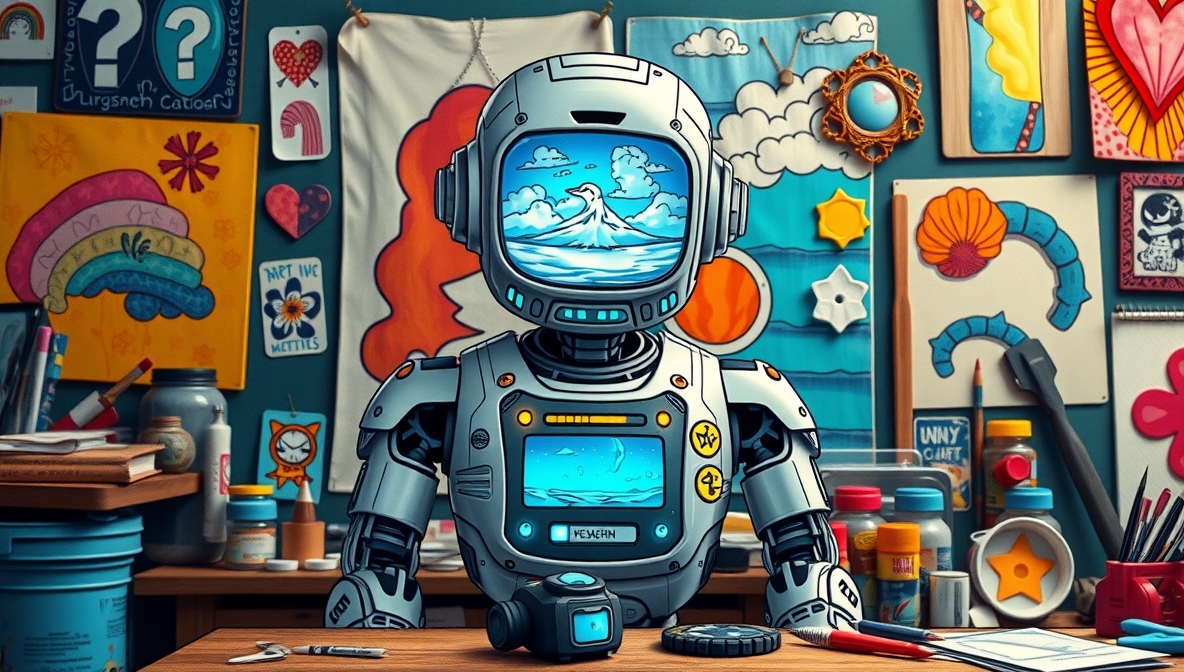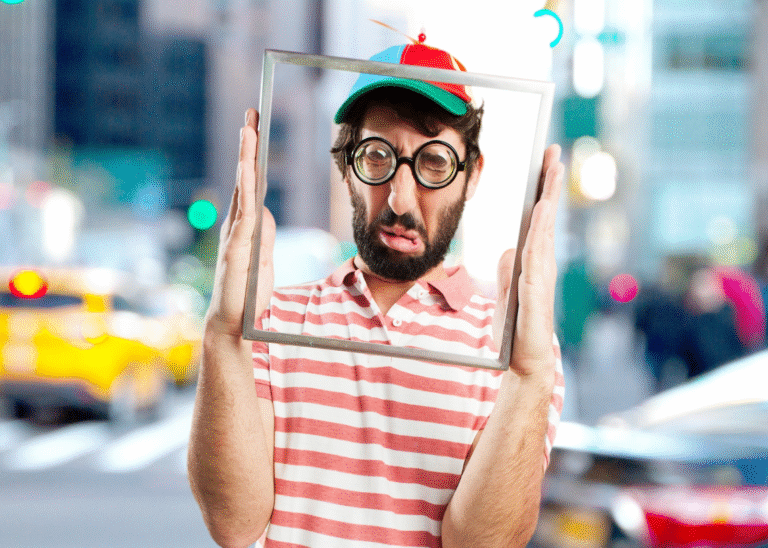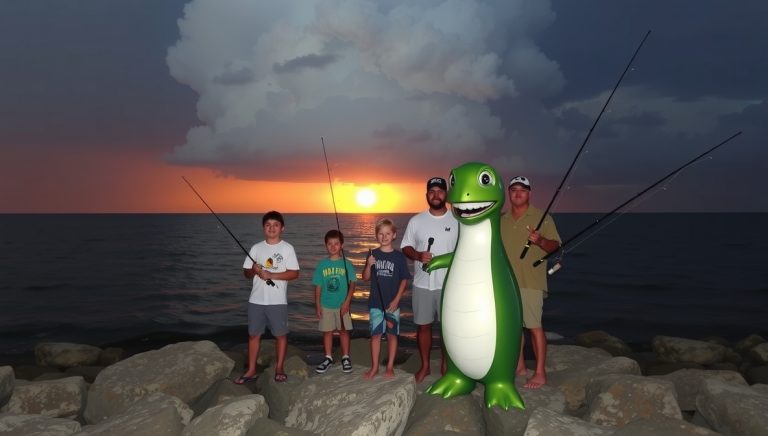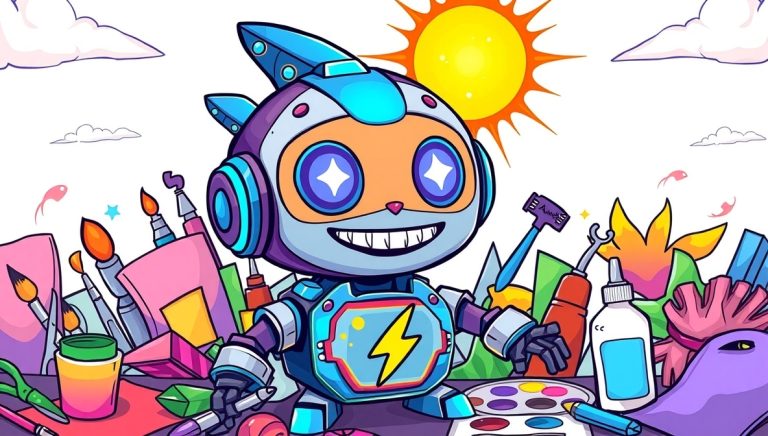Art Thunderonthegulf Craft – Exploring Creativity, Tradition, and Innovation
Art has always been a reflection of human imagination, innovation, and culture. From ancient cave paintings to contemporary digital masterpieces, every society has found ways to visually interpret its ideas, beliefs, and emotions. Art thunderonthegulf craft serves as a compelling phrase that symbolizes the ongoing dialogue between traditional artistry and modern techniques, blending the old with the new to create something extraordinary. This intersection of creativity continues to shape how people perceive and experience the world around them.
Historical Roots of Art and Craft
The earliest expressions of art and craft date back tens of thousands of years. Cave drawings, stone carvings, and pottery were not merely practical items; they were embedded with meaning, spirituality, and storytelling. Over time, civilizations across Asia, Africa, Europe, and the Americas developed unique artistic traditions that showcased their cultural identities. Art thunderonthegulf craft captures this historical fusion, reminding us that creativity was never limited to a single place or era.
During the Renaissance, the fine arts flourished with breathtaking paintings, sculptures, and architecture, but the craftspeople of the period also played a crucial role. Goldsmiths, weavers, and ceramicists elevated functional objects into treasured works of beauty. The blurred line between “art” and “craft” highlights how intertwined these disciplines truly are.
Cultural Influence on Artistic Development
Every society contributes its distinct influence to global creativity. Indigenous peoples’ beadwork, African masks, Asian calligraphy, and European stained glass all enrich the tapestry of art history. Art thunderonthegulf craft represents this cross-cultural blending, emphasizing how traditions evolve when ideas travel across borders. Globalization and migration have allowed artists to incorporate diverse elements, creating hybrid works that resonate with audiences far beyond their original communities.
For example, in the United States, immigrant communities have brought their traditional craft practices and integrated them into mainstream art culture. This exchange has resulted in everything from folk festivals to contemporary art exhibits that celebrate multicultural craftsmanship. The global stage has truly become a platform where both heritage and modernity meet.
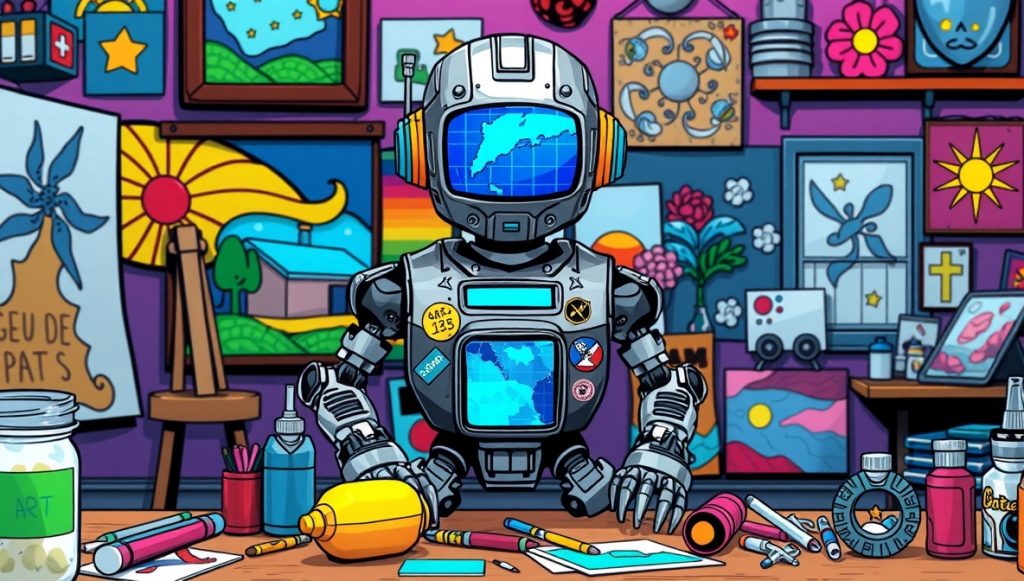
The Relationship Between Function and Aesthetic
Craft has often been associated with utility—clay pots for cooking, textiles for clothing, woodwork for shelter. Yet, even the most functional objects have carried aesthetic value. The design, patterns, and finishing touches are what make them more than just tools. Art thunderonthegulf craft illustrates the fusion of functionality and beauty, where the practical meets the imaginative. The enduring appeal of handcrafted items lies in their uniqueness; no two pieces are ever entirely the same.
In today’s fast-paced consumer culture, handmade goods stand out as symbols of authenticity and individuality. People increasingly value the artistry behind a woven basket, a hand-painted vase, or a carefully carved piece of furniture. These objects remind us that creativity can exist even in the ordinary. fishing thunderonthegulf
Modern Movements in Art and Craft
The modern era has expanded the boundaries of creativity. The rise of technology, industrial design, and mass production has transformed both art and craft. Art thunderonthegulf craft acts as a metaphor for this evolution, capturing the tension between tradition and innovation. While machines can replicate patterns and produce items at scale, there is still a growing movement that appreciates handcrafted authenticity.
Contemporary artists often use unconventional materials like recycled plastics, digital media, and even artificial intelligence. Meanwhile, modern craftspeople experiment with techniques that merge old methods with cutting-edge tools. This experimentation broadens the definition of both art and craft, encouraging dialogue between disciplines that once seemed separate.
The Role of Community in Creativity
Art has never been a solitary pursuit. It thrives in communities where knowledge, skills, and inspiration are shared. Craft fairs, art festivals, and workshops bring people together, strengthening bonds through creativity. Art thunderonthegulf craft resonates strongly in such contexts because it symbolizes collective imagination. Whether in a small town market or an international exhibition, the sense of togetherness elevates the value of creative work.
Community-driven projects—murals on public walls, collaborative quilts, or cultural parades—demonstrate how art and craft can build identity and belonging. These initiatives not only showcase local talent but also inspire younger generations to pursue creative passions.
The Healing Power of Artistic Practice
Beyond beauty and function, art and craft also play profound roles in human well-being. Studies show that engaging in creative activities can reduce stress, improve mental health, and enhance cognitive functions. Art thunderonthegulf craft serves as a reminder that creative practices offer emotional healing as much as aesthetic pleasure.
Therapeutic art programs in hospitals, schools, and rehabilitation centers provide patients with opportunities to express themselves beyond words. Painting, pottery, or weaving can be a form of meditation that promotes inner peace. These practices remind us that creativity is not only about producing masterpieces but also about nurturing the human spirit.
Education and the Preservation of Craft
Schools, universities, and apprenticeship programs play a critical role in passing down creative traditions. Without education, many traditional crafts would fade into obscurity. Art thunderonthegulf craft captures the essence of preservation, highlighting the importance of teaching young generations about heritage techniques while also encouraging innovation.
Art education allows students to think critically, experiment freely, and connect with cultural roots. Apprenticeships ensure that age-old skills—like blacksmithing, weaving, or glassblowing—remain alive in modern society. When passed down, these skills become part of a living history, reminding us that creativity is a bridge between past and future.
The Economic Impact of Art and Craft
Creativity is not only a cultural force but also an economic one. Millions of artisans, designers, and artists rely on their craft for livelihood. Tourism industries often thrive on local handicrafts, while galleries and online marketplaces connect creators with global buyers. Art thunderonthegulf craft embodies this intersection of creativity and commerce, reminding us that artistry sustains both economies and identities.
In many regions, craft industries provide employment to marginalized communities, particularly women. Empowering them through skills and entrepreneurship strengthens both families and societies. At the global level, the creative economy continues to grow, proving that artistry is more than just passion—it is a viable profession.
Sustainability and Ethical Creativity
As the world confronts climate change and resource scarcity, the importance of sustainable practices in art and craft has become undeniable. Recycled materials, eco-friendly dyes, and responsible sourcing are now priorities for many creators. Art thunderonthegulf craft highlights this shift toward ethical creativity, emphasizing responsibility alongside imagination.
Sustainability also redefines value. Rather than disposable goods, handcrafted items built with care and durability embody longevity. This philosophy not only benefits the environment but also nurtures deeper appreciation among consumers. Choosing to support ethical artistry means contributing to a healthier planet.
Technology and the Digital Revolution
The digital age has transformed how art is created, shared, and consumed. Virtual galleries, NFTs, 3D printing, and augmented reality have expanded artistic horizons. Art thunderonthegulf craft embodies this blend of digital innovation and handmade tradition, showing how technology can coexist with heritage.
For instance, 3D printing allows designers to replicate intricate craft techniques at a faster pace, while virtual platforms give artisans visibility far beyond local markets. Social media also plays a crucial role in promoting creators, enabling them to showcase their work to global audiences with just a click.
The Future of Art and Craft
Looking ahead, the boundaries between art and craft will continue to blur. As technology advances and cultural exchanges deepen, creativity will evolve in unexpected ways. Art thunderonthegulf craft symbolizes this dynamic future, where imagination and tradition intertwine seamlessly.
Emerging artists will likely embrace hybrid practices, blending digital tools with handcrafting techniques. Meanwhile, cultural preservation efforts will ensure that heritage skills remain vibrant. Together, these trends will shape a world where art and craft coexist as powerful forces of expression, identity, and community.
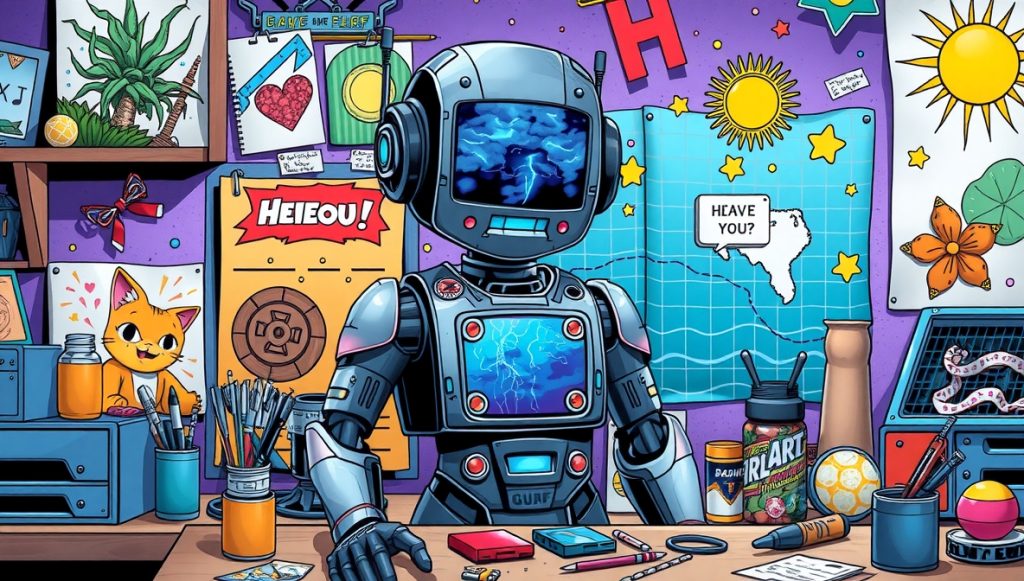
Conclusion
Art and craft have always been essential parts of human history, shaping how we live, think, and connect with each other. From ancient cave drawings to futuristic digital installations, creativity has proven to be both timeless and transformative. Art thunderonthegulf craft encapsulates this entire journey, symbolizing the powerful bond between tradition and innovation.
Whether serving as a tool for cultural preservation, economic empowerment, or personal healing, creativity will always remain central to the human experience. As individuals and societies continue to evolve, so too will the ways in which we craft meaning through art. The universal language of imagination ensures that even in an uncertain future, creativity will continue to inspire, heal, and unite people across the globe.
